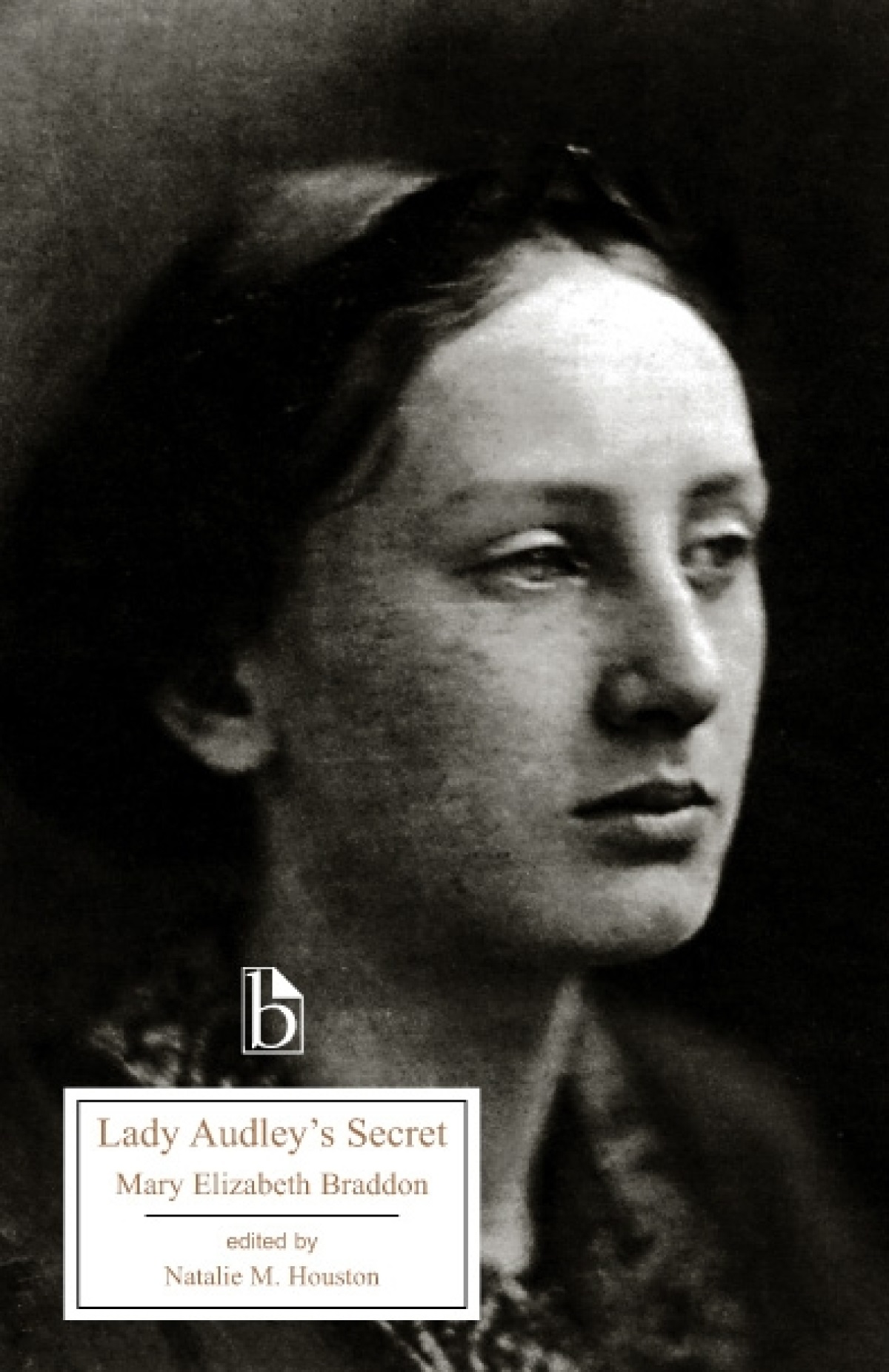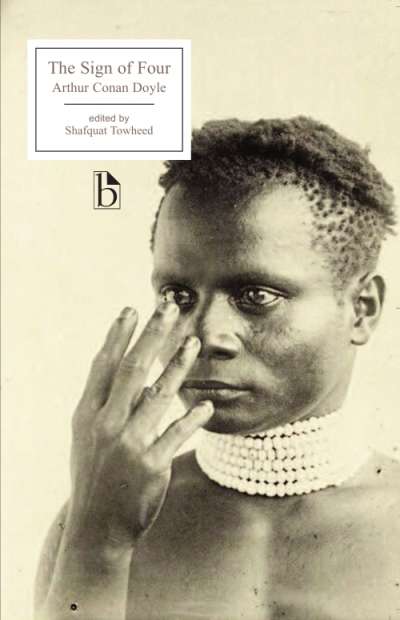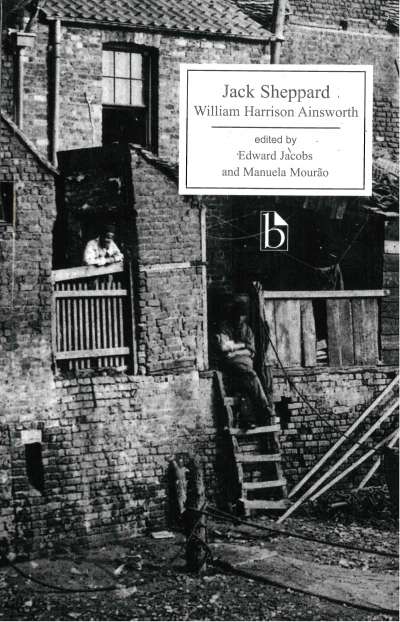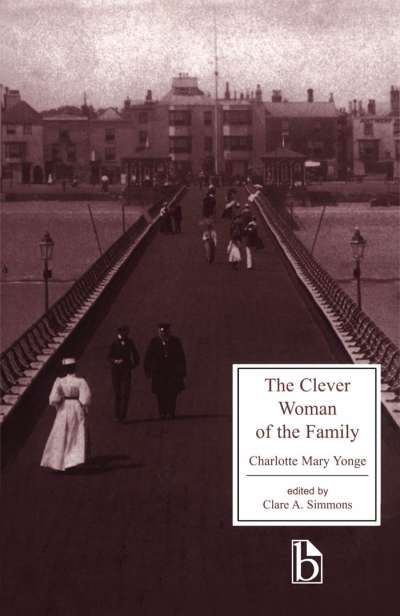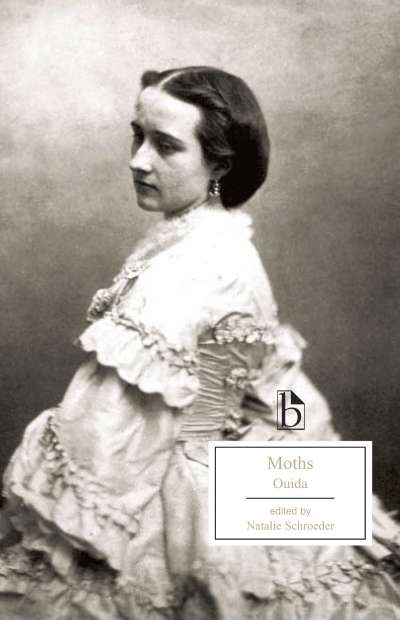Lady Audley’s Secret (1862) was one of the most widely read novels in the Victorian period. The novel exemplifies “sensation fiction” in featuring a beautiful criminal heroine, an amateur detective, blackmail, arson, violence, and plenty of suspenseful action. To its contemporary readers, it also offered the thrill of uncovering blackmail and criminal violence within the homes of the upper class. The novel makes trenchant critiques of Victorian gender roles and social stereotypes, and it creates significant sympathy for the heroine, despite her criminal acts, as she suffers from the injustices of the “marriage market” and rebels against them.
This Broadview edition includes a critical introduction and a broad selection of primary source material, including reproductions of the twenty-two woodcut illustrations from the London Journal serialization of the novel, extracts from two Victorian dramatizations of the work, satirical commentaries, and contemporary reviews.
Comments
“This impressive, scholarly new edition brings together a wealth of supplementary material, much of which is almost unobtainable elsewhere. Several fascinating appendices include contemporary parodies of the novel, extracts from stage versions, contemporary criticism and well-chosen extracts from Braddon’s other work. Natalie Houston’s scholarly introduction provides useful insights into Braddon’s life and work. This edition will be invaluable to anyone studying or teaching the novel, or just reading it for enjoyment.” — Chris Willis, Birkbeck College
“This intelligent edition offers a wonderful introduction not just to Lady Audley’s Secret, but to the whole publishing phenomenon of sensation fiction. By emphasizing questions of alterable identity, the new Victorian culture of information, and the relationship of fiction to other media, Natalie Houston compellingly brings home the connection of this novel with many important issues today.” — Kate Flint, Rutgers University

